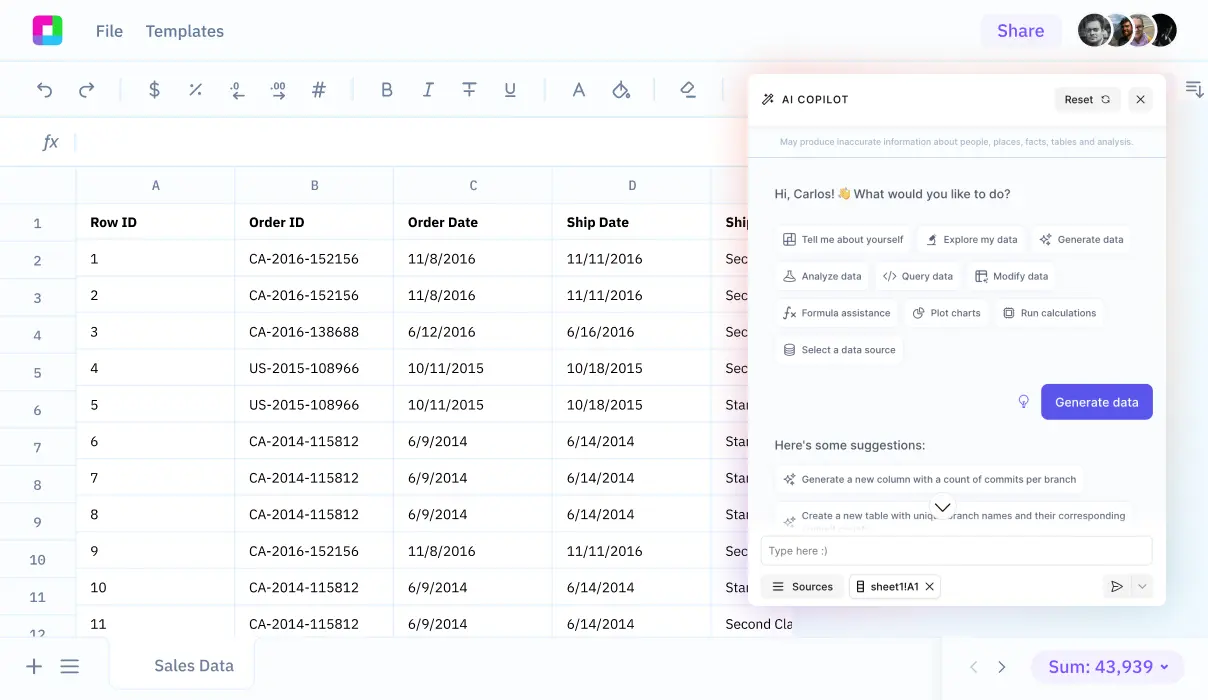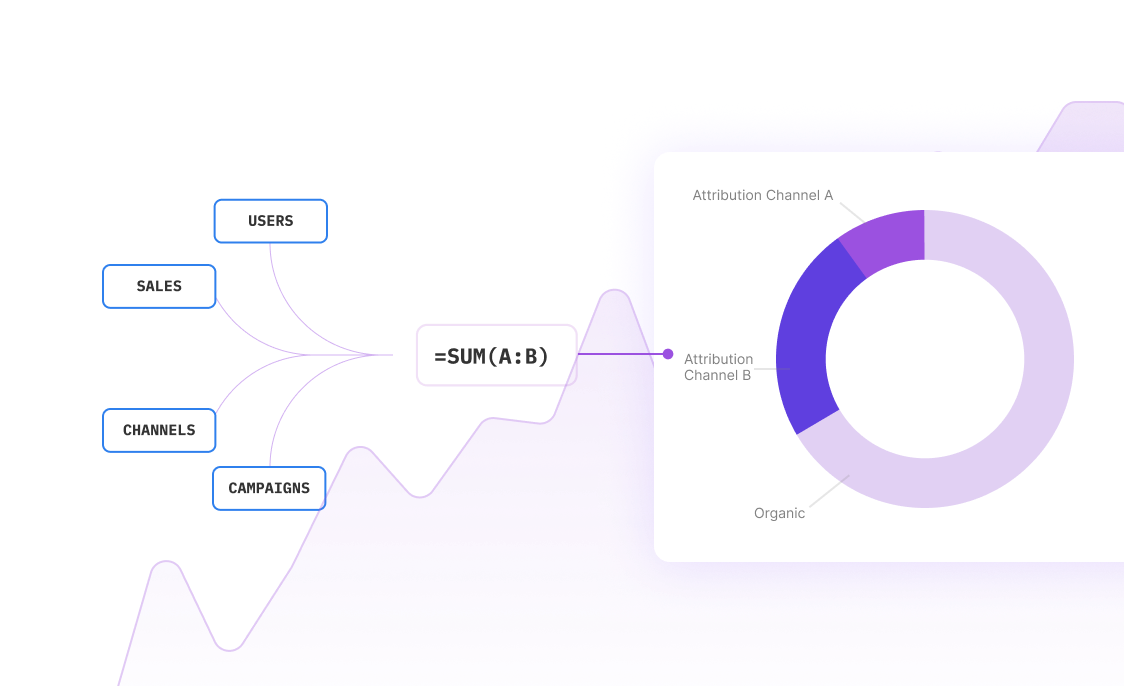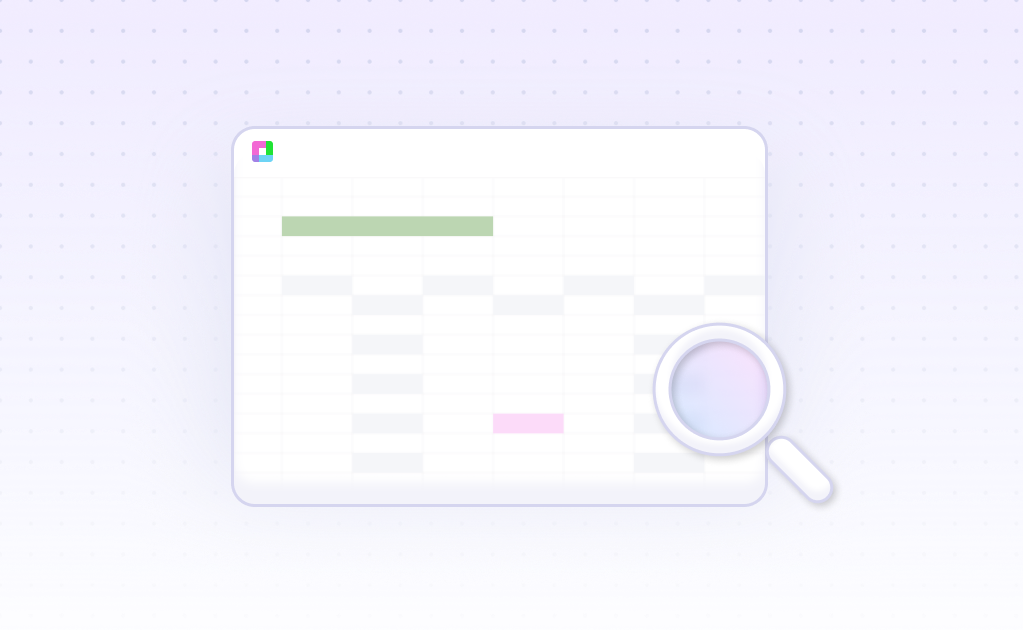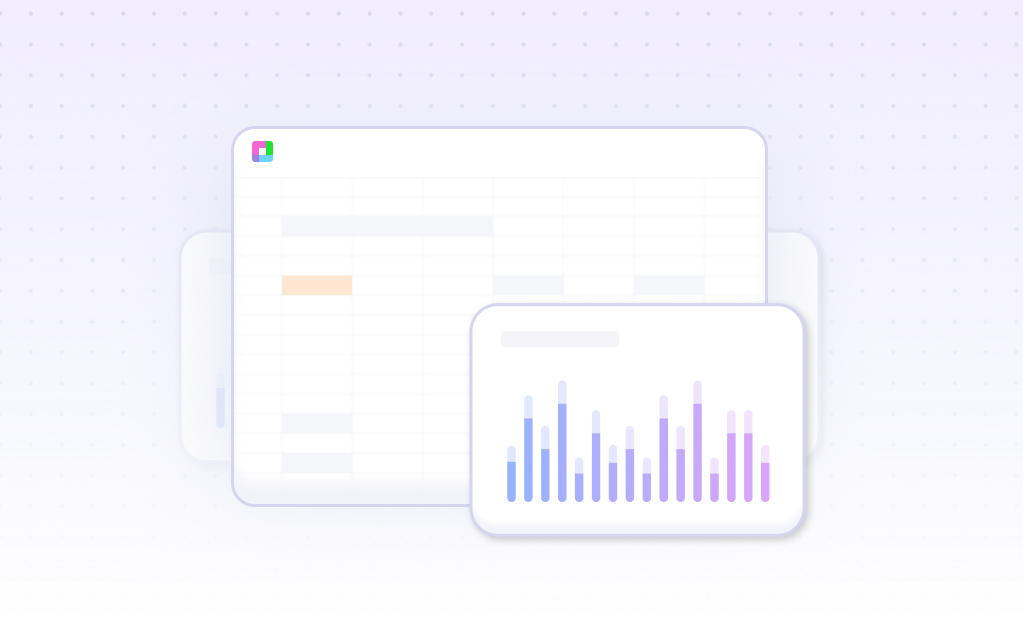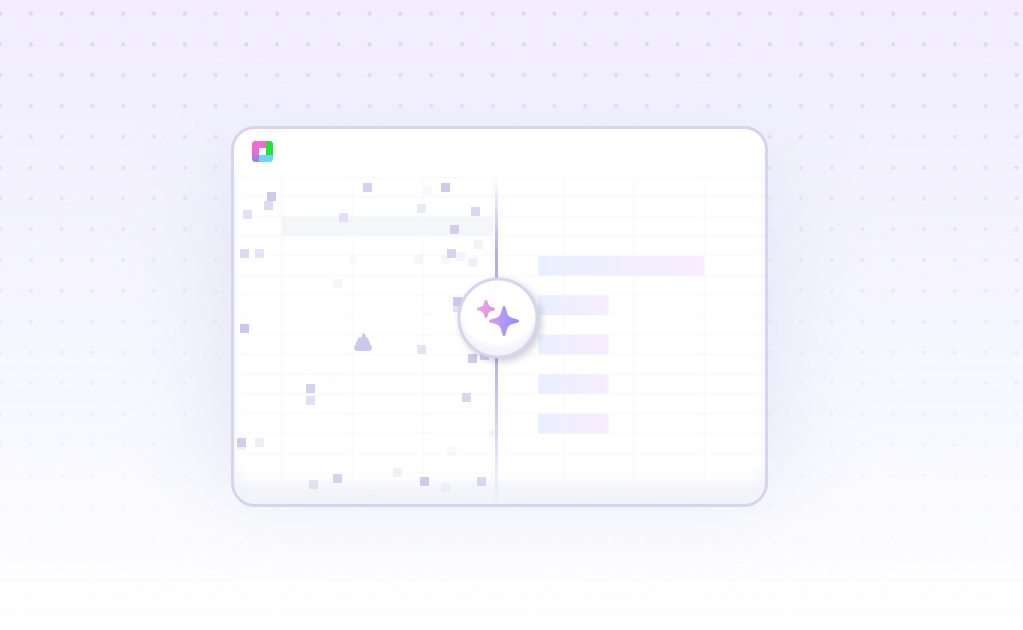
Introduction
Financial economics analysis requires advanced Excel skills like managing multiple workbooks, manipulating data, and producing publication-quality charts. Traditional Excel methods demand expertise in functions, analytical tools, and reporting templates. Sourcetable offers an AI-powered alternative that automates these complex spreadsheet tasks.
Sourcetable integrates AI-driven formulas, data cleaning, and chart generation capabilities. The platform automatically generates common formulas like SUM and VLOOKUP, while providing advanced analysis through SQL and Python integration. Users can interact with their data using voice commands and connect to over 100 platforms and databases.
Discover how Sourcetable streamlines financial economics analysis with AI-powered tools at sourcetable.com/signup.
Why Sourcetable Is Superior for Financial Economics Analysis
Sourcetable combines spreadsheet analytics with modern data infrastructure capabilities. Unlike traditional Excel analysis, Sourcetable provides built-in integration with essential financial data sources including Quickbooks, Stripe, Hubspot, and Google Ads. These integrations enable seamless CAC and LTV reporting.
Enhanced Collaboration and Accuracy
Sourcetable offers multi-user collaboration and comprehensive audit trails, ensuring accuracy and accountability in financial analysis. The platform's data processing capabilities allow teams to efficiently load and query CSV files while maintaining data integrity.
Comprehensive Financial Tools
Like Excel-like Tables for Confluence, Sourcetable provides essential financial analysis features including calculators and charting capabilities. However, Sourcetable distinguishes itself by offering these tools in a free pricing model with API access.
Data Visualization and Reporting
As a data infrastructure platform, Sourcetable surpasses traditional spreadsheet limitations. Its integration capabilities with multiple data sources enable sophisticated financial reporting and visualization, making it a viable alternative to complex project management tools like Asana and Workscope.
Benefits of Financial Economics Analysis with AI-Powered Spreadsheets
Financial economics analysis provides critical insights for investors making strategic decisions. Through detailed examination of monetary and economic trends, financial economics helps evaluate how policies affect market performance.
AI-Enhanced Financial Analysis
Modern AI-powered spreadsheet tools elevate financial analysis capabilities. Features like Add Columns enable AI-driven calculations, while Get Answers and Ask Anything allow natural language querying of financial data. The ASK_OPENAI formula provides direct OpenAI integration, and AI Analyst delivers automated data analysis.
Financial Economics Analysis with Sourcetable
Sourcetable enables comprehensive financial economics analysis through advanced analytics and AI-powered tools. The platform supports both microeconomic analysis of specific markets and macroeconomic analysis of entire economies, allowing for deep examination of production, consumption, and customer behavior patterns.
Economic Analysis Types
Economic base analysis through Sourcetable helps identify industries that generate external revenue versus those serving local needs. The platform supports both deductive analysis, testing general theories with specific data, and inductive analysis, forming theories from specific observations.
Financial Analysis Tools
Sourcetable's AI capabilities enable automated financial ratio analysis, cost-benefit calculations, and scenario analysis. The platform calculates key metrics including NPV and IRR for investment evaluation, while performing benchmarking against industry standards.
Advanced Analytics Features
The platform excels in trend analysis and forecasting, using historical data to predict future performance. AI-powered tools automate data cleaning, report generation, and complex financial modeling. Risk and uncertainty analysis capabilities help identify potential economic decision pitfalls.
Data Management
Sourcetable processes large, complex datasets faster than traditional spreadsheets, uncovering hidden insights through automated data categorization and analysis. Advanced analytics features help economists identify trends for accurate forecasting.
Use Cases for Financial Economics Analysis with Sourcetable
Revenue Forecasting and Trend Analysis |
Analyze historical sales data and market trends to predict future revenues. Automated workflows and data cleaning enhance forecast accuracy while reducing manual effort. |
Expense Optimization |
Track and categorize expenses automatically while identifying cost-saving opportunities. AI-powered analysis of historical data enables accurate expense predictions and budget optimization. |
Cash Flow Management |
Generate automated reports of cash inflows and outflows for improved liquidity monitoring. AI tools analyze trends to forecast future cash positions and identify potential shortfalls. |
Collaborative Financial Decision Making |
Enable team-wide access to financial insights through automated data analysis and report generation. Real-time collaboration features support informed decision-making across departments. |
Frequently Asked Questions
What is financial economics analysis and what insights can it provide?
Financial economics analysis examines economic data from sources like the Bureau of Economic Analysis to understand economic trends and performance. For example, analysis of current account data shows the U.S. current-account deficit narrowed by $6.3 billion (2.0%) to $303.9 billion in Q4 2024, representing 4.1% of GDP compared to 4.2% in Q3.
How can AI improve financial economics analysis?
AI enhances financial analysis by automating workflows, reducing manual errors, increasing speed and efficiency, and improving decision making. These capabilities allow for more accurate and rapid processing of financial data and generation of insights.
How do you create data-driven reports in Sourcetable?
To create reports in Sourcetable, use the Synchronize method of the report dictionary to create data sources, utilize the RegData method to register a DataSet with the report, and call the Synchronize method to create data sources from the registered DataSet.
Conclusion
Financial economics analysis traditionally requires advanced Excel skills for tasks like data preparation, statistical modeling, and result visualization. While Excel remains valuable for financial modeling and accounting, Sourcetable offers an AI-powered alternative that combines spreadsheet functionality with automated features. With Sourcetable, you can perform complex financial analysis without extensive Excel knowledge - explore these capabilities at sourcetable.com/signup.
Sourcetable streamlines financial analysis by automatically generating essential formulas like SUM and VLOOKUP. Its AI-driven features handle data cleaning, chart generation, and advanced analysis through SQL and Python integration. The platform connects with over 100 data sources, including Quickbooks, Shopify, and Hubspot, making it a comprehensive solution for financial economics analysis.
Whether you're experienced with Excel or new to financial analysis, Sourcetable's voice-driven interface and automated workflows provide an efficient path to insights. The combination of AI automation and traditional spreadsheet capabilities makes complex financial economics analysis accessible to users at all skill levels.
Frequently Asked Questions
If you question is not covered here, you can contact our team.
Contact Us
